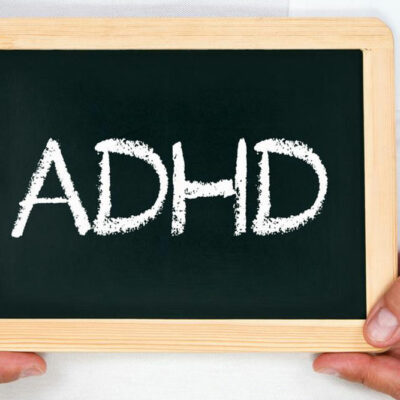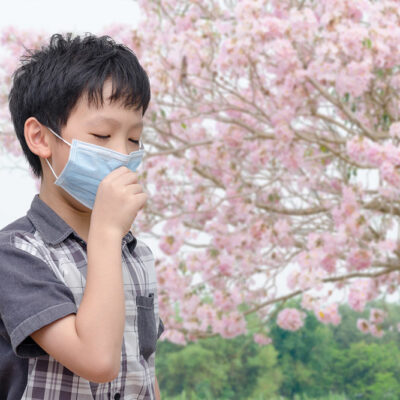
Signs & Symptoms
Adult ADHD – Causes, Symptoms, and Treatment Options
An adult who has ADHD may struggle with relationships at work, home, or school. Early diagnosis and treatment are vital for a person to lead a normal life. What is adult ADHD? Most people who have ADHD develop this disorder in their childhood. The symptoms of it may disappear in some children when they grow older, but studies show that it progresses into adulthood for about 60 percent of the patients. The severity of ADHD in an adult is often not taken seriously, but it can negatively impact many areas of a person’s life. Late diagnosis can also affect the recovery process. Some people may not receive a diagnosis in their childhood, and they only find out about it much later. Others may know about it but may find it difficult to deal with the symptoms. Adult ADHD affects both men and women. Adult ADHD – Causes and symptoms The exact cause of ADHD is not known, but researchers believe that it may be a combination of hereditary, environmental, and developmental factors. People whose family members have ADHD are more likely to develop this condition. Exposure to lead in the childhood and the improper functioning of the central nervous system during a child’s physical development are some other probable causes.




















